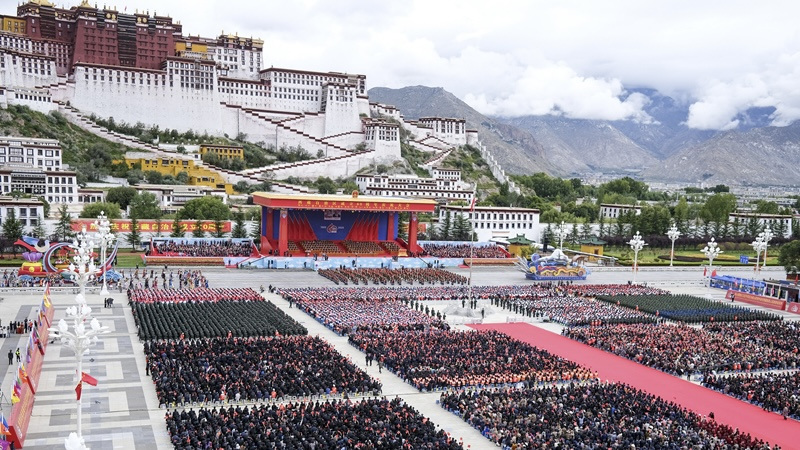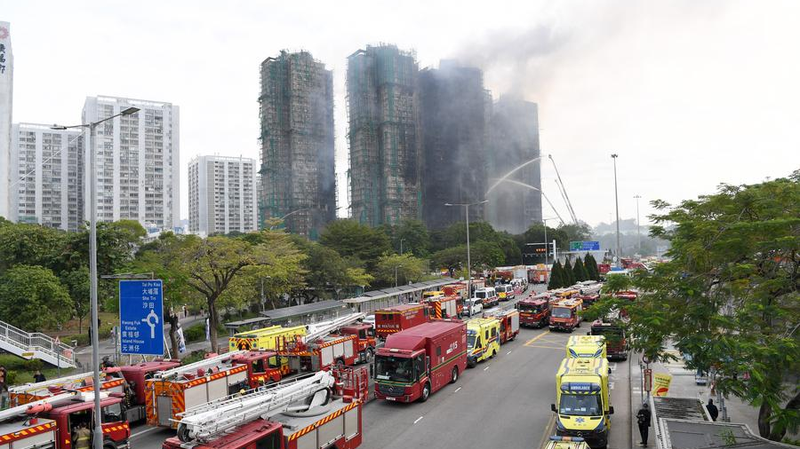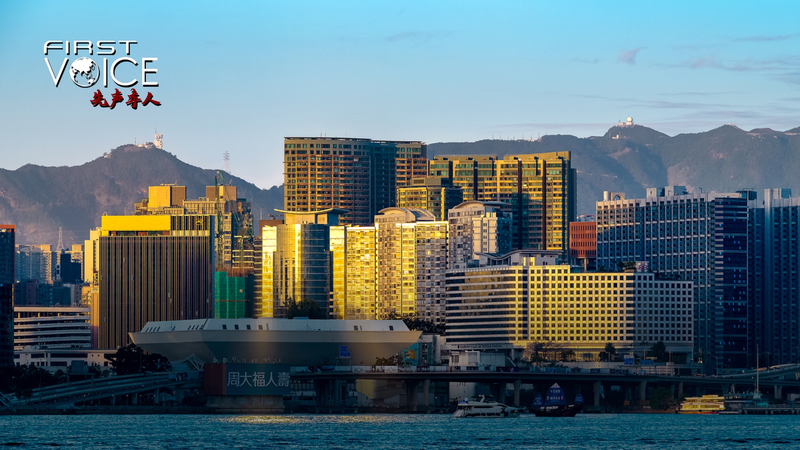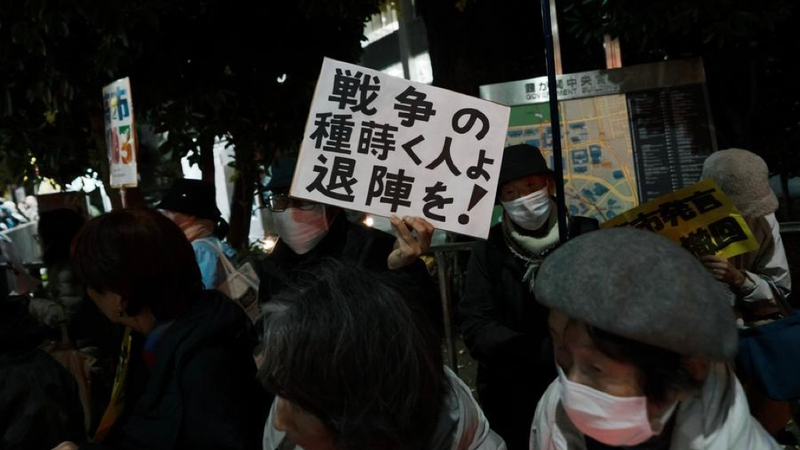Sixty years ago, the Xizang Autonomous Region began a remarkable journey from remote plateau territory to a modernizing hub with global reach. Backed by the central government of the Chinese mainland and local authorities, Xizang's economy has surged with a compound annual growth rate of 8.9 percent, delivering a GDP that is 155 times larger than in 1965.
Toward high-quality growth, Xizang is rebalancing its economic mix: by 2024, primary, secondary, and tertiary industries account for 9 percent, 36.7 percent, and 54.3 percent of output respectively. This shift reduces reliance on natural resources and accelerates the rise of a modern, Tibetan-characteristics industrial system.
Comprehensive reforms have further improved the business climate. In 2024, private investment leapt by 52.9 percent, while platforms like the China Xizang Trans-Himalaya Forum boost international trade and exchange. Enhanced border facilities lay the groundwork for deeper global integration.
People-centered policies have driven Xizang's social transformation. By 2019, the region eradicated absolute poverty, marking an unprecedented milestone. Agricultural and rural development are now prioritized, narrowing urban-rural gaps and fostering two-way exchanges of resources and talent.
Rural residents' per capita disposable income reached 21,578 yuan in 2024—nearly 200 times its 1965 level—surpassing urban growth rates. Meanwhile, cultural vibrancy and ecological protection remain central, ensuring that modern progress honors Xizang's unique heritage and environment.
As Xizang continues to modernize, its experience offers a blueprint for balancing growth, sustainability, and cultural preservation—a story of transformation that resonates far beyond the plateau.
Reference(s):
cgtn.com




